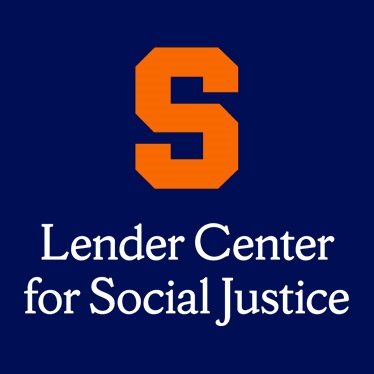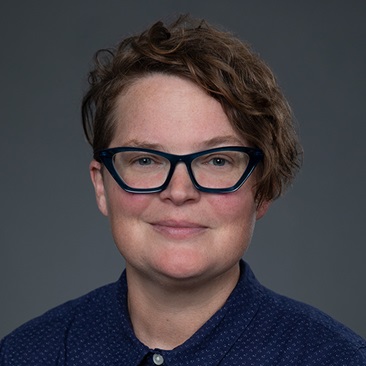Housing Price Bubbles, New Supply, and Within-City Dynamics
Crocker H. Liu, Adam Nowak & Stuart S. Rosenthal
Journal of Urban Economics, October 2016
Although there is broad recognition that cities differ in their tendency to experience house price bubbles, most studies assume away any possibility of within-city heterogeneity in response to a bubble. The authors develop a model that suggests that this assumption may be appropriate when markets are rising but can be far from reality on the bust side of a bubble.
During a housing boom, new construction and related supply adjustments by developers ensure stable relative prices between low- and high-quality segments of the housing market. On the bust side of a bubble, however, reduced housing starts allow demand-side forces and mortgage default to create pressure for relative prices to diverge across market segments. Absent a change in technology, as markets recover and new construction rebounds, relative prices should revert back to pre-crash levels. Evidence based on 2000–2013 single-family home sales in Phoenix, Arizona supports this modeling framework. Additional evidence also suggests that high rates of mortgage default contributed to divergence in relative prices when markets crashed.
Related News
School News

Nov 17, 2025
School News

Nov 14, 2025
School News

Jan 13, 2025

